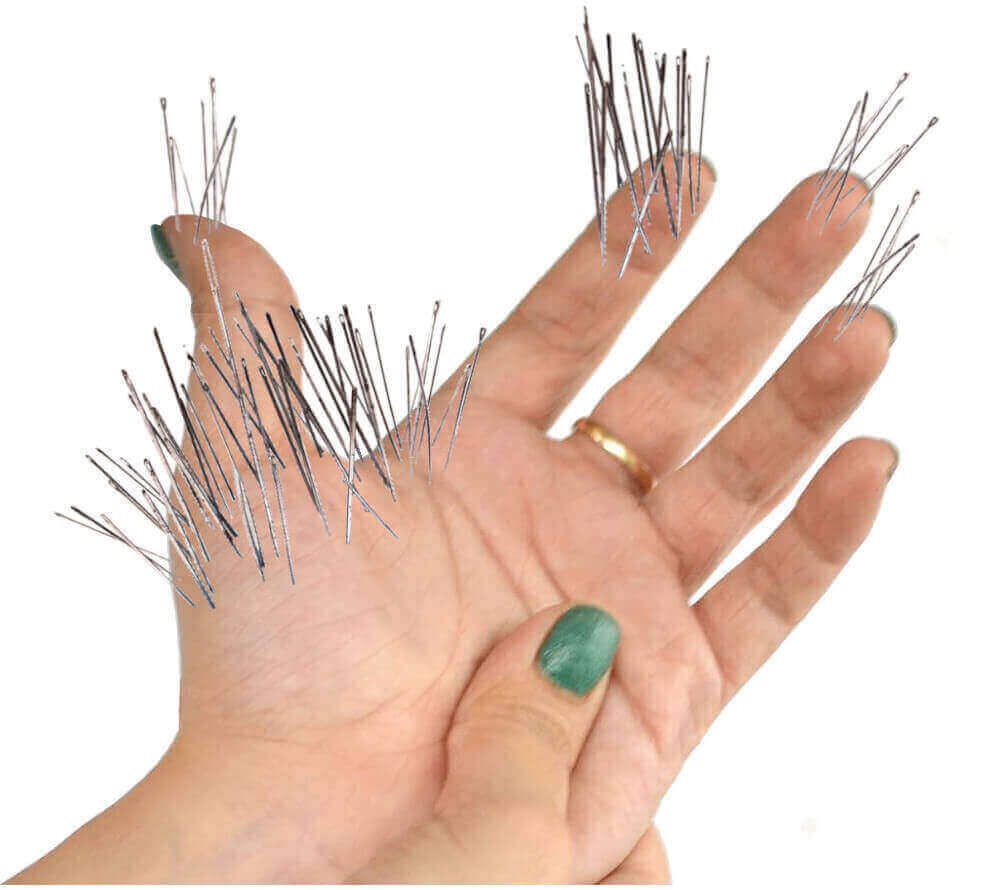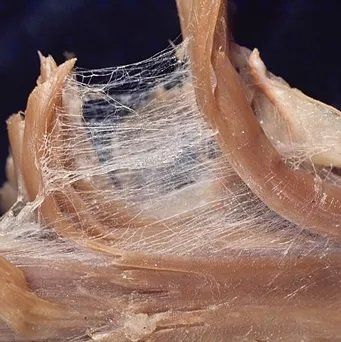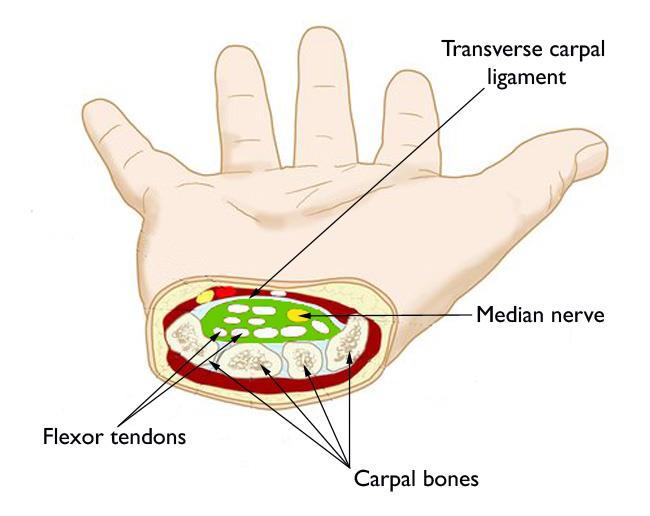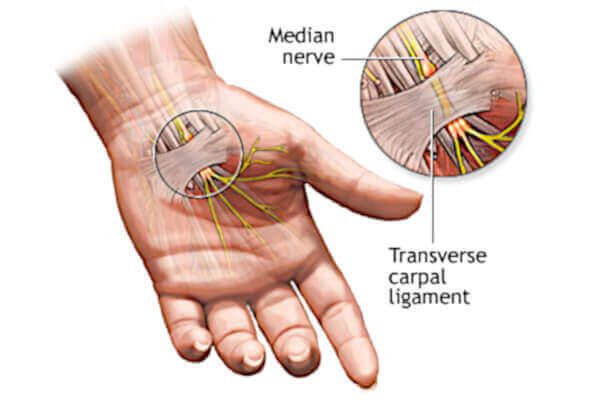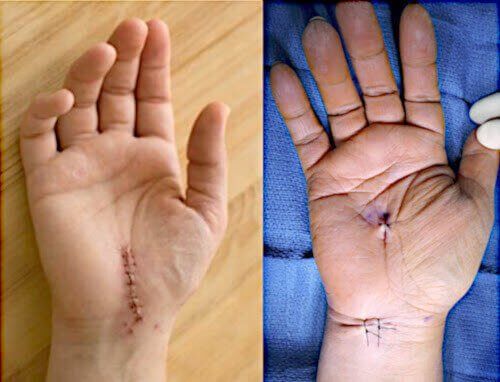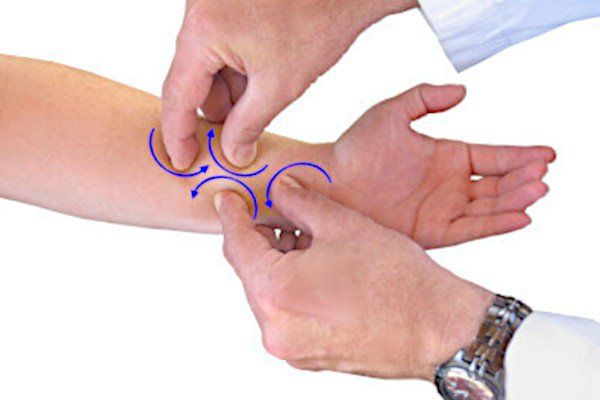How to Perform a Carpal Tunnel Forearm Massage
From Dr. Z - Carpal tunnel syndrome specialist
Carpal Tunnel Forearm Massage
Most therapists use carpal tunnel forearm massage to successfully treat carpal tunnel syndrome. The results are usually as good (and often better) than surgery. This is why healthcare practitioners have been asking if surgery is really an appropriate and ethical "first response" for carpal tunnel sufferers.
The American Academy of Orthopedic Surgeons (AAOS, who regulate this type of hand operation) has stepped in with a final answer. That is, in the vast majority of cases, they state surgery is not the best remedy to start with. In fact, they advise that surgery should only be a last resort, after all non-surgical remedies are tried first. If those remedies fail then surgery is appropriate, but only for extremely severe cases.
This article compares
carpal tunnel release surgery to
carpal tunnel forearm massage. It will become readily apparent why the AAOS advises using surgery for only the most advanced cases .
- FIND OUT: do you have carpal tunnel? No strings attached self-test.
What cure's carpal tunnel?
Neither surgery nor carpal tunnel forearm massage can cure this painful condition. That’s because carpal tunnel syndrome has no cure whatsoever.
Unfortunately, this concept is misunderstood by most people. That includes many well-meaning general practice doctors.
Surgery and carpal tunnel forearm massage are both merely treatments, not cures. So while they can’t cure this condition, they certainly help keep carpal tunnel symptoms at bay.
Massage and surgery do this in very different ways:
- Wrist massage aims to eliminate the underlying “cause” of carpal tunnel syndrome.
- Surgery aims to relieve the “effect” of carpal tunnel syndrome.
How carpal tunnel forearm massage compares to surgery
Surgery
Surgery does not address the cause of carpal tunnel syndrome. It only attempts to treat it's effect. In other words, surgically cutting the transverse carpal ligament to make room for the crushed median nerve works well. But usually the results are only temporary, with symptoms returning within 2 years.
Therefore, surgery only temporarily addresses the "effect" of this disorder (pain, numbness, tingling, weakness). But the "cause" is still there. That is, what caused the median nerve to be crushed to begin with? Surgically cutting the ligament doesn't address the problem. And that's why symptoms return after surgery.
Massage
Generally speaking, physical therapists are the best advocates of carpal tunnel forearm massage. That’s because it works.
But not just any wrist massage will do the job. Therapists incorporate a technique known as myofascial release. Basically, this type of massage kneads and twists tissues over the wrist area. It loosens adhesions and restrictions which cause carpal tunnel syndrome. Yes - it attacks the "cause" of the problem.
Most therapists will see a carpal tunnel patient several times a week for this treatment. Some patients will return on a daily basis. The myofascial release massage must be performed for at least 30 days in order to eliminate adhesions permanently.
Therapists usually get good results with carpal tunnel forearm massage (using myofascial release) when compared to surgery. In fact, a good proportion of a typical therapist's patients are post-surgical failures.
The A B C’s of carpal tunnel syndrome
How carpal tunnel syndrome starts
Carpal tunnel syndrome is a condition that begins in the flexor tendons of the forearms. Those are the ropy structures just below your wrist crease which flex (curl) your fingers.
When people perform repetitive and forceful hand or finger movements, damage starts to occur in and around these tendons. It's called repetitive stress injury or RSI. Here's the step-by-step process leading to RSI and eventually to carpal tunnel syndrome:
- For reasons still mysterious to science, the flexor tendons in the forearm become irritated.
- The irritation produces fibrous adhesions between the tendons and their surrounding sheaths. Those adhesions restrict the smooth gliding movements that tendons require.
- As more fibrous connections form, more adhesions and restrictions result. Smooth gliding is inhibited even more.
- Eventually, the restrictions cause tendon inflammation .
- As a result of inflammation, the tendons begin to swell with fluid.
- The consequence is called tendinopathy. It can happen anywhere from the fingertips to half way up your forearm.
- Normally, tendinopathy inflammation and swelling isn’t a huge problem. But when it happens at the wrist joint, it causes carpal tunnel syndrome.
Why the horrible pain & numbness happen
Carpal tunnel syndrome means you have tendinopathy in the wrist joint. Unfortunately, the wrist joint is very narrow (see picture above), especially in the anatomical space called the “carpal tunnel”. (That’s where the condition’s name comes.)
Through this tight passageway pass the flexor tendons, blood vessels, and most crucially, the median nerve. These structures are packed tightly together in this bottleneck of the wrist.
The median nerve is vital to the hand’s function. It sends signals to the hand muscles to activate movement. The nerve also carries signals like pain or touch sensations to the brain. The median nerve serves most of the palm and all of the fingers, except for the little finger.
During the tendon swelling process, the median nerve is crushed inside the bottleneck. This is an "effect" of the tendon swelling.
All nerves are very sensitive to crush injury. Even the slightest compression force disrupts them. For instance, temporarily leaning on your elbow presses on the ulnar nerve. It results in some tingling in your hand and fingers. It’s sometimes called hitting your "funny bone”.
A compressed funny bone goes away quickly. But the compressed median nerve undergoes a constant crushing pressure. It’s the reason you feel all of the unpleasant symptoms of carpal tunnel syndrome. These include hand or finger:
How does carpal tunnel surgery help?
The aim of carpal tunnel surgery(more accurately, carpal tunnel “release” surgery) is simple. That is, to slice through the tough transverse carpal ligament over the carpal tunnel space. This lets the wrist bones snap open, making the passageway wider. As a result, there’s extra room for the median nerve.
Basically, the surgery de-compresses the nerve. The operation is called carpal tunnel “release” surgery because it “releases” the nerve from being trapped inside the carpal tunnel space.
Carpal tunnel release surgery's success
The success rate of carpal tunnel release surgery might not be what you think. That’s because the definition of “success” means one thing to a doctor and another thing to a patient.
- A doctor says the surgery is a success if the ligament is cut and the patient can go home without complications.
- A patient says the surgery is a success if they have good relief of symptoms by year 2-3.
Based on the patient’s definition of surgical success, the picture looks a lot different. Studies show that:
- About a third get immediate, significant, and lasting pain relief.
- Another third get relief, but it takes weeks, months or even years.
- The other
third
never see symptoms go away, or else they quickly return after the operation and then persist forever.
Upsides of carpal tunnel release surgery
Carpal tunnel release surgery has some significant upsides to consider. They include:
- Overall, 30-60% of patients see some or complete symptoms relief.
- Most carpal tunnel release surgery is covered by insurance and Medicare.
- The majority of hand rehabilitation therapy programs are covered by insurance (for a limited period of time).
- Employers usually grant sick leave for the hand operation and recovery period (for a limited period of time).
Downsides of carpal tunnel release surgery
For some, the downsides of carpal tunnel release surgery are just as important. They include:
- Overall, 30- 50% failure rate (determined by patient satisfaction at 2-3 years).
- If paid out-of-pocket, the cost of this hand surgery ranges $4,000-$10,000.
- Post-surgical pain and discomfort can persist for weeks or months.
- Additional post-surgical aftercare may require extra time off work.
- Hand rehabilitation time can last months (more rarely, years).
- Most insurers only pay for a fixed number of hand rehab sessions, whether your hand is restored or not.
- Hand rehabilitation and physical therapy often costs much more than the surgery.
- About 15-23% of post-surgical patients cannot return to their former job.
- There’s no predicting what your surgical outcome will be.
- No doctor will guarantee an outcome. That means there’s no guarantee against surgical complications or failure, losing function in your hand, persistent pain, or return of symptoms.
Moreover, it’s important to understand that carpal tunnel release surgery merely relieves pressure on the median nerve. It does nothing to address the underlying problem, which is tendon adhesions causing the inflammation.
As a result, tendons can easily inflame and swell all over again. That means re-crushing the median nerve. Then you’re back at square one.
In contrast, carpal tunnel forearm massage using myofascial release addresses the underlying problem that causes carpal tunnel syndrome. And it does so without having to cut into your skin.
How does carpal tunnel forearm massage help?
Unlike surgery, carpal tunnel forearm massage using myofascial release eliminates the cause of tendon inflammation and swelling in the first place. That is, it destroys adhesions causing irritation.
Massaging the tendons and their sheaths using myofascial release breaks the adhesions and loosens restrictions between them. Doing so is the first step toward repairing the damaged tendons so that they no longer inflame and swell.
Upsides of carpal tunnel forearm massage
First and foremost, carpal tunnel forearm massage using myofascial release attacks the root cause of the condition, not just its effects. Additionally, it has significant upsides.
This is why the American Academy of Orthopedic Surgeons and the National Institutes of Health recommend that all non-surgical therapies like myofascial release massage be tried before surgery is even considered.
These are the major upsides of carpal tunnel forearm massage using myofascial release:
- It can't hurt you; it's a completely natural, non-surgical treatment.
- It's 97% effective in patients with mild to moderate carpal tunnel symptoms.
- With training, it can be performed at home and at no cost.
- The therapy requires only 15 minutes per day.
- Massaging the wrist area drains excess fluid from the tendons & reduces pressure on the median nerve.
- The wrist massage encourages blood flow which is important to expedite repair and healing in the tendons.
Downsides of carpal tunnel forearm massage
Carpal tunnel forearm massage using myofascial release has only 2 downsides. They are:
- It’s necessary to have the massage performed on your wrist and forearm daily, for at least 30 days
- Carpal tunnel forearm massage using myofascial release cannot be performed by the actual patient. A helper is needed because the technique requires 2 hands & thumbs.
Conclusion
A huge number of patients undergo carpal tunnel release surgery. But the the American Academy of Orthopedic Surgeons and the National Institutes of Health agree that hand surgery should be your very last option -- and only when symptoms are extreme. Why? Because safer, non-surgical techniques like carpal tunnel forearm massage work extremely well in most cases to relieve symptoms permanently.


